Every self-respecting capital should have an embankment. It is the bank of a river, lake, or sea that is its main street. The main city of Spain was not lucky either with the sea or even with the river. But recently, in the Madrid river has turned from an object of ridicule for citizens into an object of their pride.
Vicissitudes of fate
Few people outside the Iberian Peninsula have heard of the Manzanares River — the only relatively full-fledged waterway of the Spanish capital. Its width is only 40 m. Meanwhile, without Manzanares, there would have been no Madrid: in the IX century, during the Reconquista, Christians, who gradually conquered previously lost lands from the Moors, began to pose a real threat to Toledo, which was under the rule of the Arabs. To protect their possessions, the Moors built the fortress of Majerit on the banks of a shallow river, the flow of which was quite enough to supply water to a small fortified settlement.
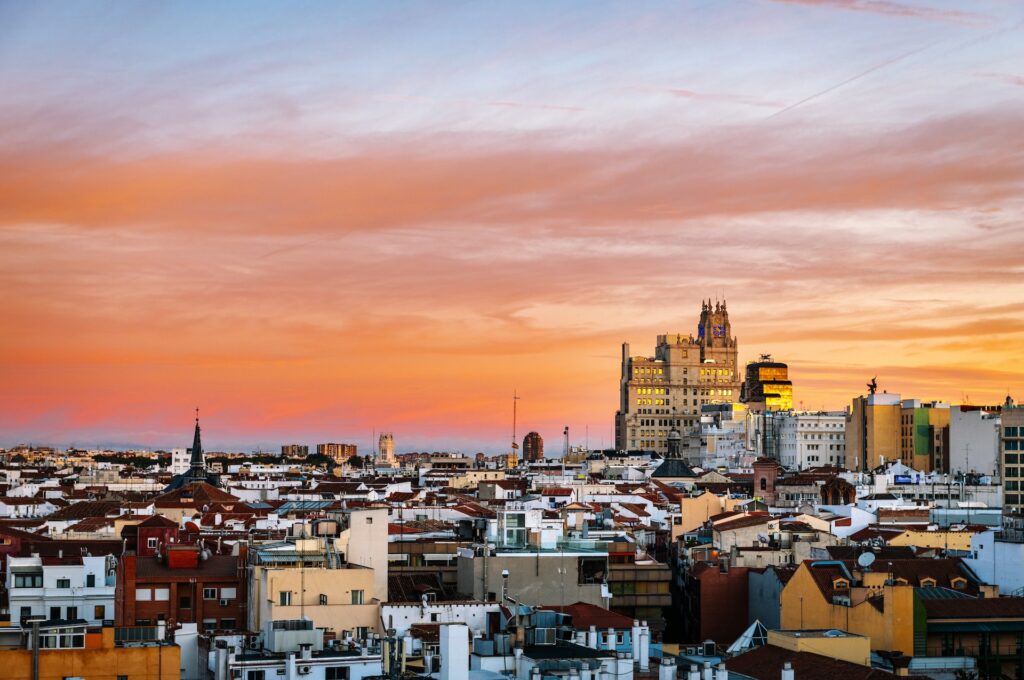
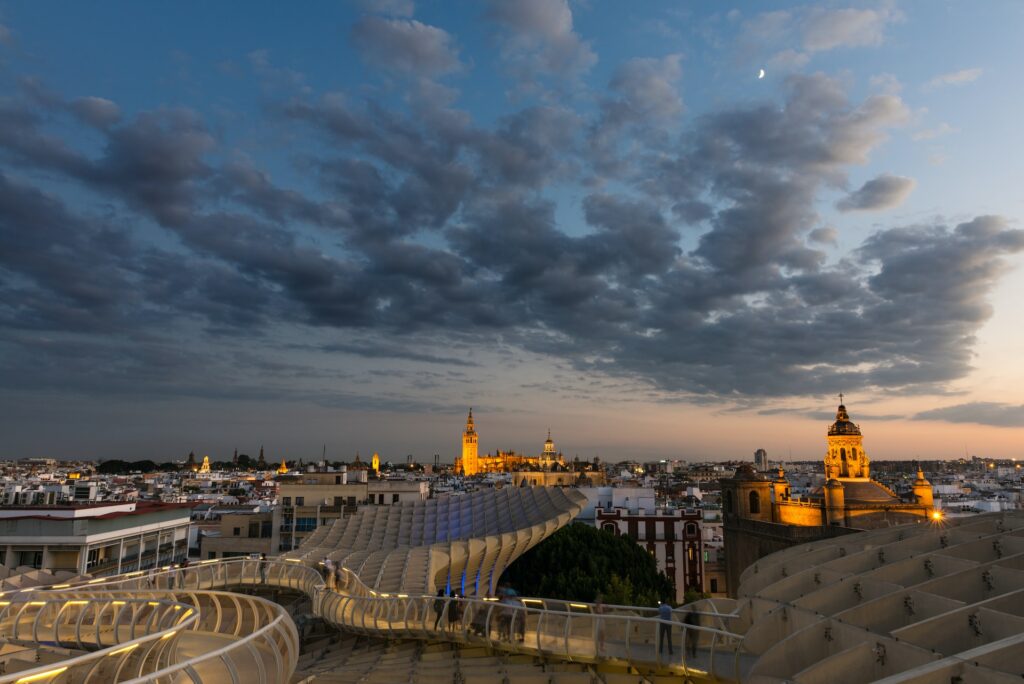
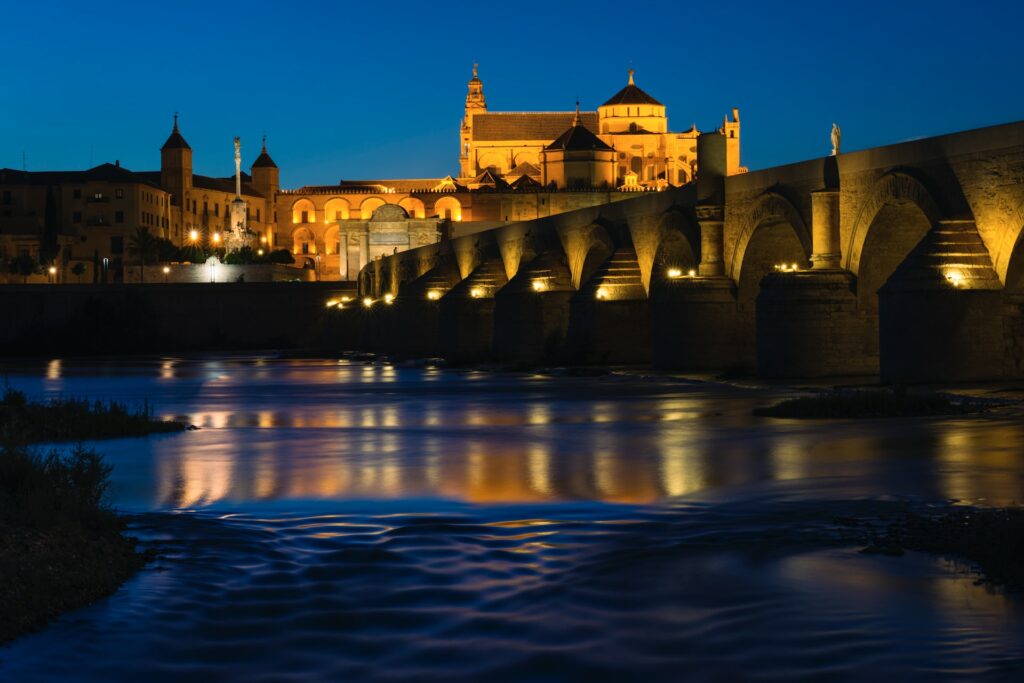
Two centuries later, the fortress was still taken by Christians, but Madrid remained an inconspicuous town for a long time until in 1561 Philip II moved the capital there from Toledo. Almost nothing remains of the fortress walls, but on the site of the Moorish castle, today stands the palace of the Spanish king Palacio Real. The place, perfectly suitable for a modest settlement, turned out to be of little use for a large administrative center, primarily due to lack of water, as well as a sharply continental climate – with cold winters and hot dry summers.
However, the will of the king is the law, and from that moment Madrid began to turn into the capital of the great colonial empire. For natural reasons, the city began to grow to the east, that is, in the opposite direction from the river that gave it life. Although the rulers tried to ennoble its course by breaking up the Campo del Moro park at the foot of the royal palace and erecting two monumental bridges (Puente de Toledo and Puente de Segovia), these attempts could not change at first the suburban and then the marginal position of Manzanares, which was not subject to the monarch’s will.
Backyard
For many years, the valley of the river with the poetic name Yablonevaya served as a favorite place of the idle pastime of noble persons, and then of the wider population. Goya captured idyllic pictures of Madrid residents relaxing on the shores of Manzanares in his paintings. However, already in the second half of the XIX century, the delayed industrial revolution completely transformed the bucolic landscapes of the river banks. The southwestern outskirts of the city began to be overgrown with factories and warehouses. And a railway ran along the river, connecting the stations of Principo Pio in the north and Atocha in the south. And yet, a truly crushing blow to the river was inflicted later, in the 1960s and 70s. When the southwestern segment of the M30 ring highway was laid along its embankments. According to the plan of the authorities, the 32-kilometer expressway was supposed to improve the transport situation in the city by unloading its center from cars.
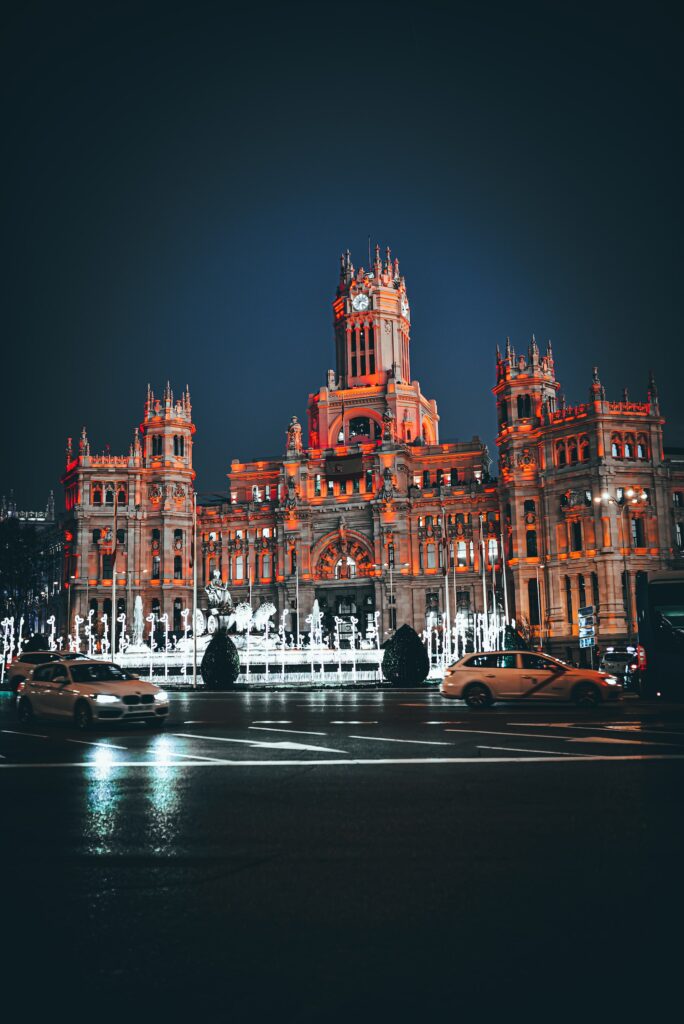
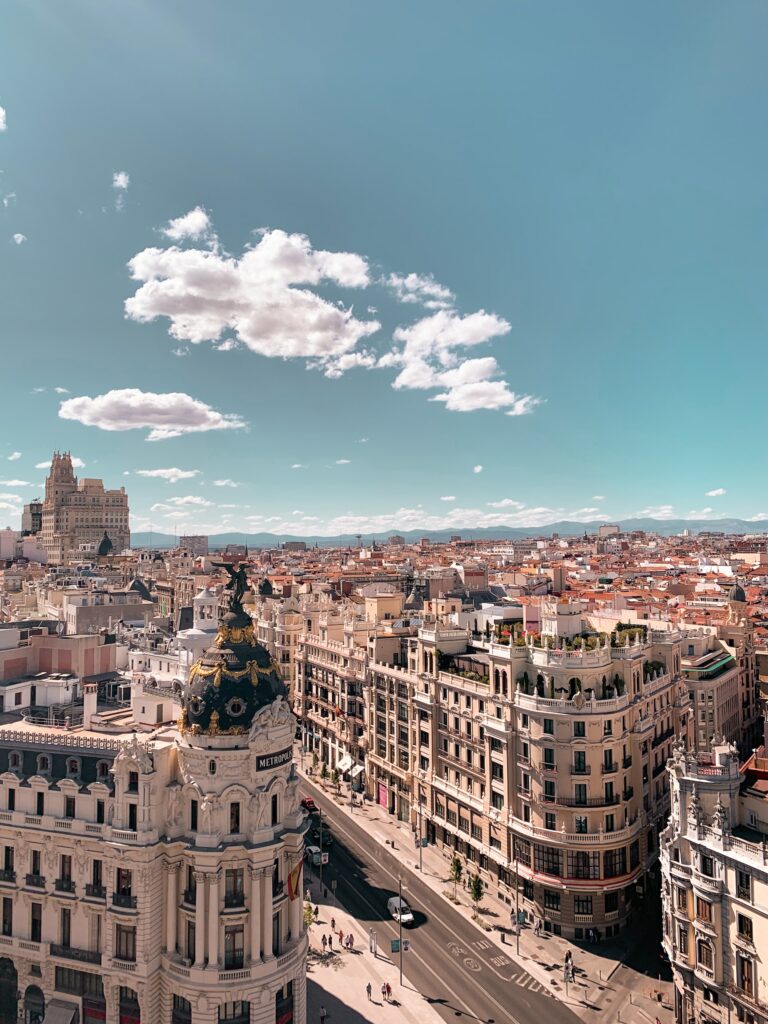
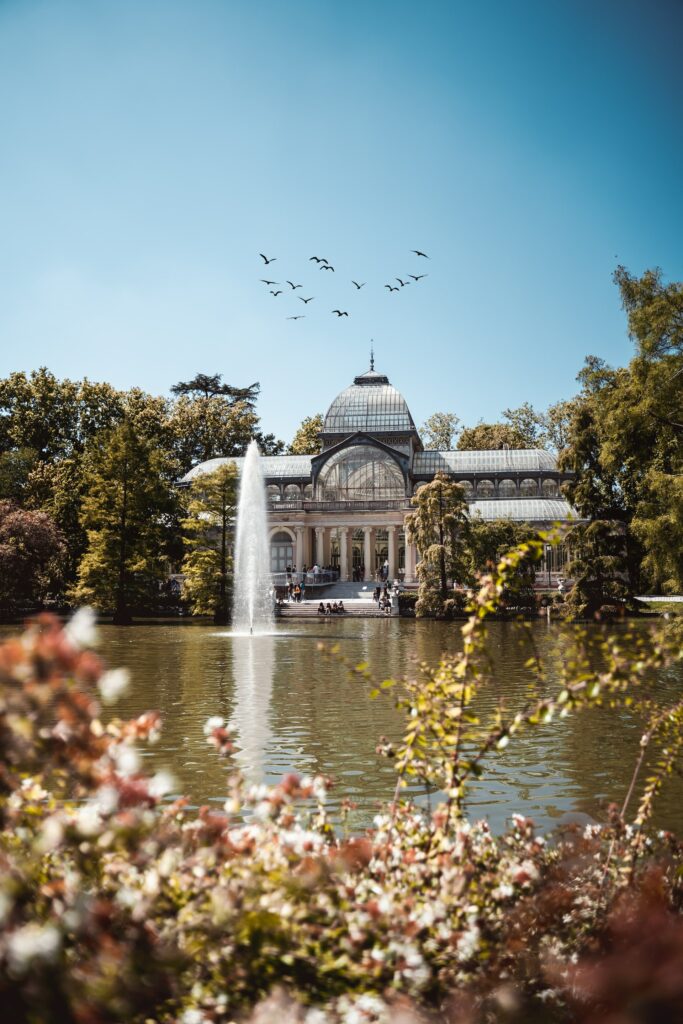
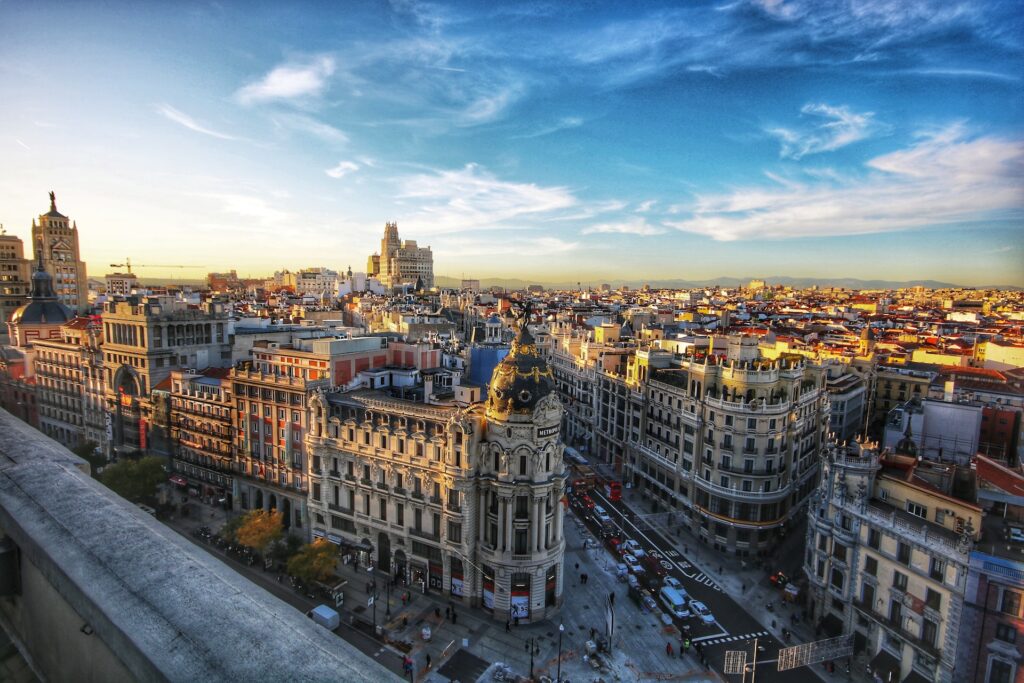
However, the M30, which encircled the central districts of Madrid, did not meet the expectations associated with it and soon ceased to cope with the growing traffic flows. Having turned into a source of constant noise and pollution. It caused great harm not only to the environment but also to the urban development of the Spanish capital. Being an insurmountable barrier that fenced off the southern and western districts of the city from its center. The highway doomed them to many years of stagnation and turned the neighborhoods directly adjacent to it into a vast zone of decay and desolation. This cumulative damage was evident long before the last segment of the ring was put into operation in the 1990s. However, it was possible to free the river from transport by removing roads underground only at the beginning of the XXI century.
Preparation of the bridgehead
In 2000, the Madrid authorities launched a large-scale program for the reconstruction of the road network. And the development of public transport, including the metro and high-speed tram. Its goal was to radically improve the transport situation in the city and strengthen the connections of the outlying districts with the center. Madrid Calle3, one of the projects implemented under the program, involved a radical modernization of the long M30 highway. Thanks to the active support of Mayor Albert Ruiz-Gallardon. The project worth 3.9 billion euros was implemented in a very short time — the work started in 2004 and was completed in 2007.
After the reconstruction, the ring highway has become safer for traffic. And its capacity has increased by almost 100 thousand cars per day. The main achievement of the project is that a six-kilometer stretch of the M30 running along the river was removed underground. This operation allowed not only to free the earth’s surface from transport. But also to distribute the movement of cars more efficiently through a complex system of tunnels integrated with numerous access roads.
The reconstruction of the M30 produced a powerful urban planning effect. It was possible not only to restore the lost connection of the southern. And western suburbs of Madrid with its center but also to give the river a chance to finally play its proper role in the fate of the city.
Apple trees — bloom!
The Madrid Calle 30 project solved the infrastructural side of the issue, which turned out to be only half of the case. To understand how to use the spaces freed from roads. The Mayor’s office held an international competition, Rio Manzanares. Its participants had to propose the idea of arranging not only the embankments of the river but also very extensive territories. Including adjacent quarters of industrial and residential development. The winner was the project of the well-known landscape planning bureau West 8 from Rotterdam. Developed in cooperation with the consortium MRIO Arquitectos. Which brought together local collectives Burgos & Garrido, Porras & La Casta, and Rubio & Alvarez-Sala.
The international “national team” proposed an obvious solution — to turn the riverbed into a huge linear park. Which would be saturated with all kinds of leisure facilities and would connect the historical center with the southern suburbs. The idea of West 8 and MRIO Arquitectos differed favorably from competing proposals that provided for the development of a significant part of the territory. The winning concept involved the creation of many green areas. Replete with children’s and sports grounds and riddled with a network of pedestrian and bicycle paths. In addition, it was planned to reconstruct valuable historical sites and link the shores with a dozen new pedestrian bridges.
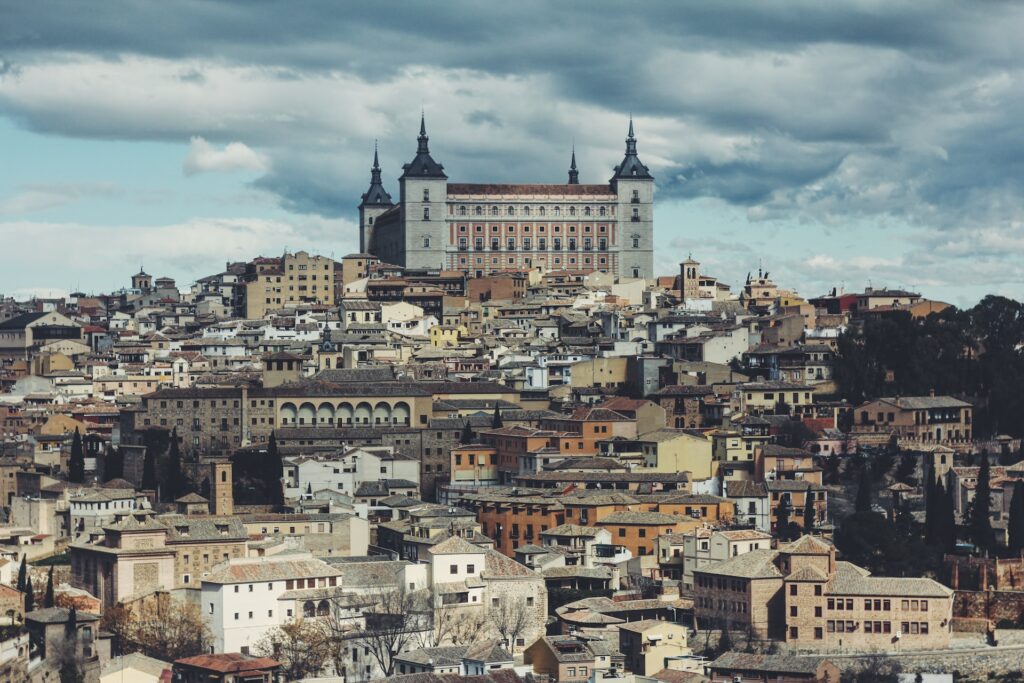
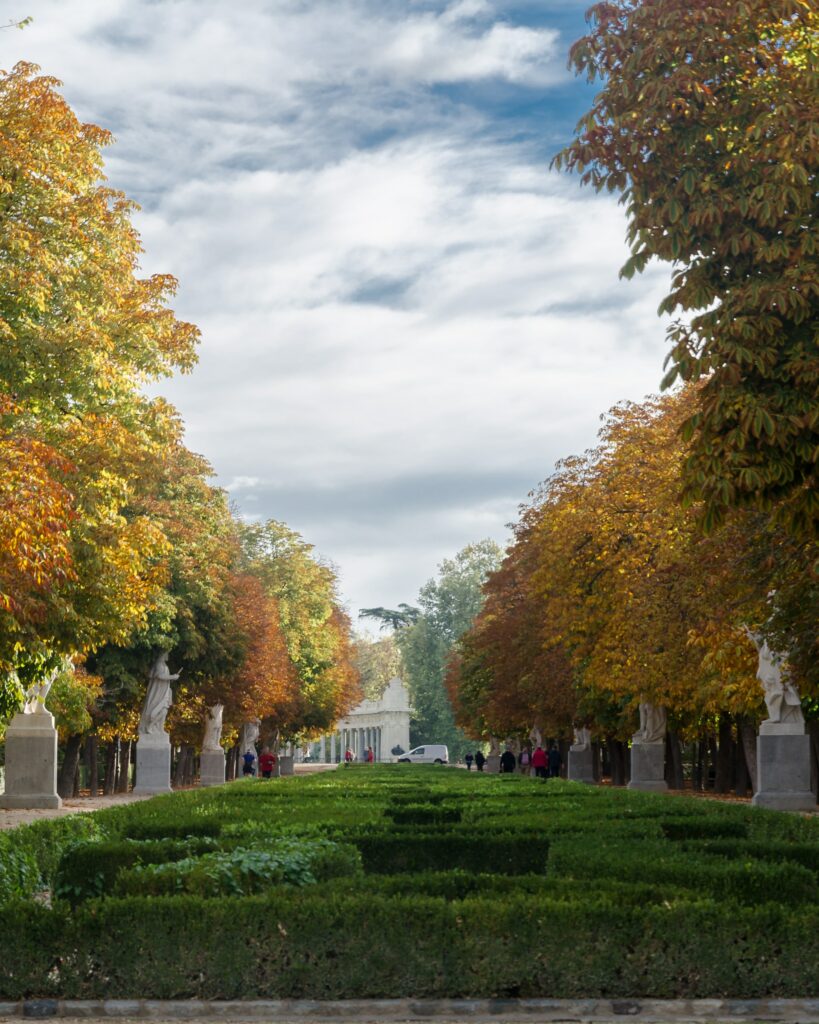
The Madrid Rio project covered a vast area of about 700 hectares (which is about six times the size of Gorky Park). Which included not only 50 hectares of embankments freed from overpasses and interchanges. But also existing parks and squares, as well as many vacant lots and blocks of dilapidated buildings. The vegetable market and the old slaughterhouses located in the southern part of the new park have acquired other functions. Special attention was paid to the restoration of ancient dams and bridges. Two of which — Puente de Segovia and Puente de Toledo — are recognized masterpieces of Spanish architecture. The first was built according to the project of the famous architect. The builder of the Escorial Juan de Herrera, while the second, which is an example of the Churrigeresco style, is the work of no less famous Pedro de Rivera.
The old bridges were supplemented with 17 new ones, of which the Puentes Cascara — concrete “shells” (West 8 project). Decorated from the inside with mosaics by the artist Daniel Canogara. An elegant “spiral” by Dominique Perrault. And a lattice Puente del Principado de Andorra in the shape of the letter “y”. Which is a symbol of the principality, were the most original.
Two poles and an axis
Due to the vastness of the size, the new park was divided into several independent. But interconnected parts, each of which received an individual solution. The northern sector of Madrid Rio has united the already established, And most equipped territories adjacent to the historical center of the capital. Here, the designers were required to create a missing link that would connect two old parks located on different shores. The Campo del Moro near the royal palace and the boundless Casa de Campo. A place of Sunday rest for Madrid residents. In front of the Puente del Rey bridge connecting them, a wide esplanade was arranged, On which mass celebrations are now taking place.
The thorough reconstruction also affected the avenue Avenida de Portugal. Which for many years “decorated” the panorama of the royal palace with a huge transport interchange. A two-kilometer stretch of the tense eight-lane highway was removed into a tunnel. And a boulevard planted with cherries was broken on its surface. Since the design of the boulevard should evoke associations with Portugal. The space between the lawns was paved with black and white tiles. Imitating the traditional style of landscaping in this country.
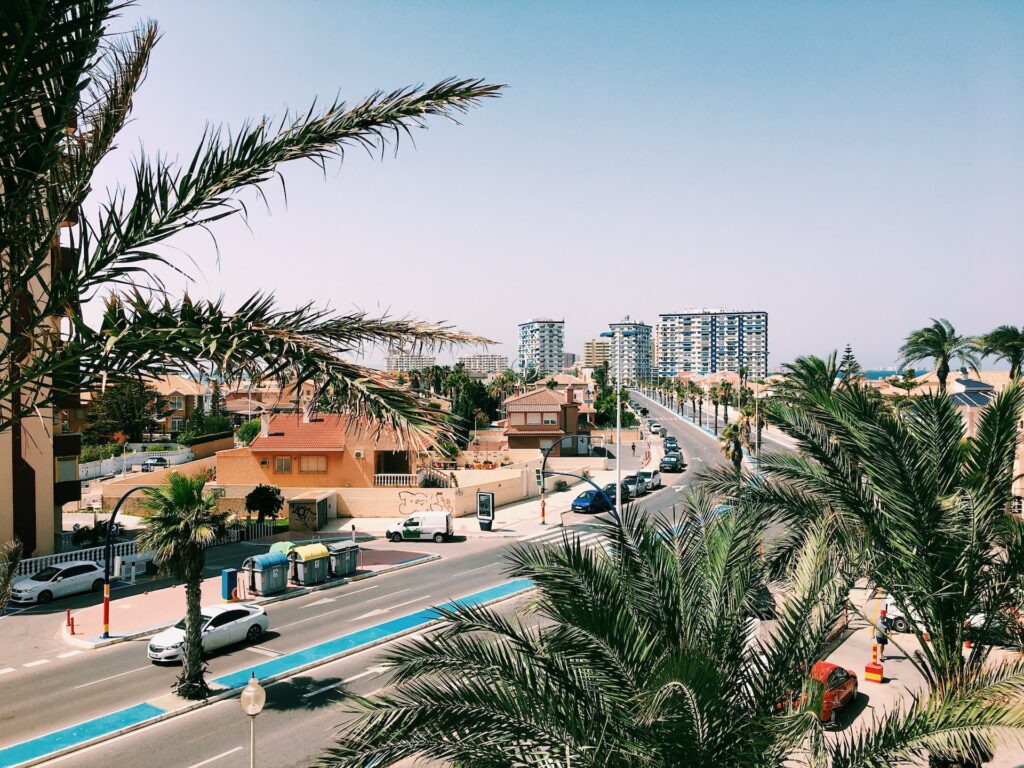
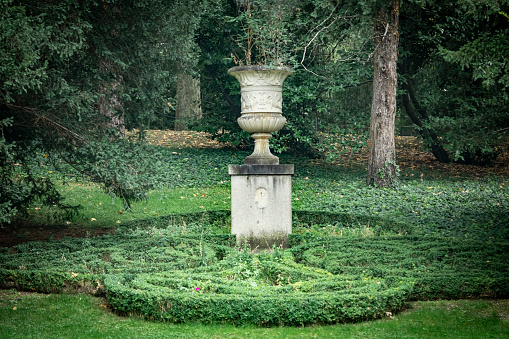
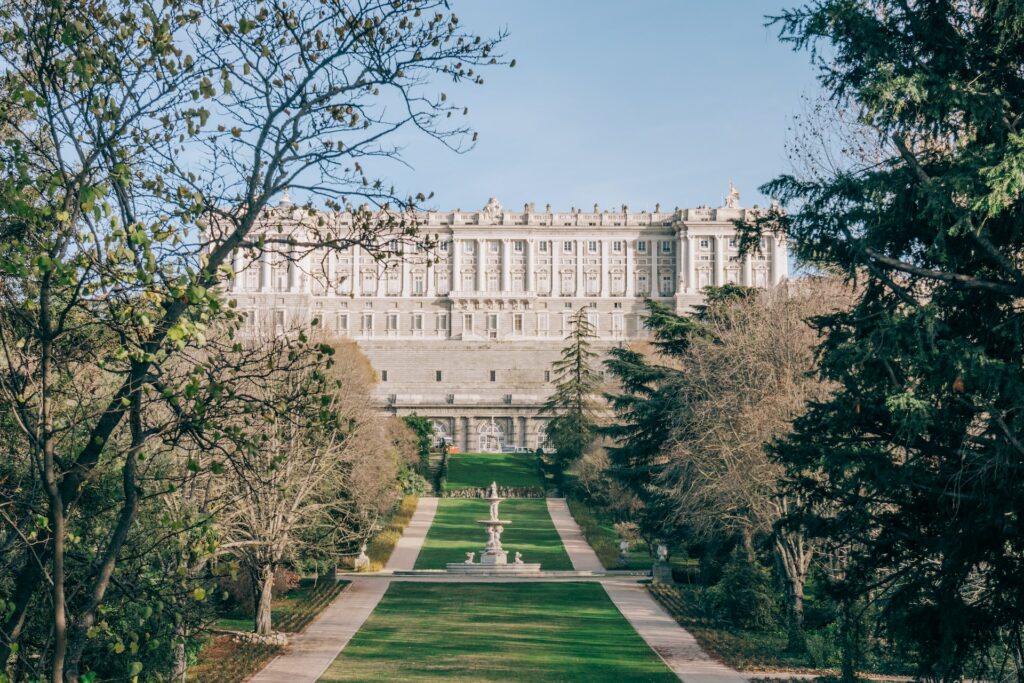
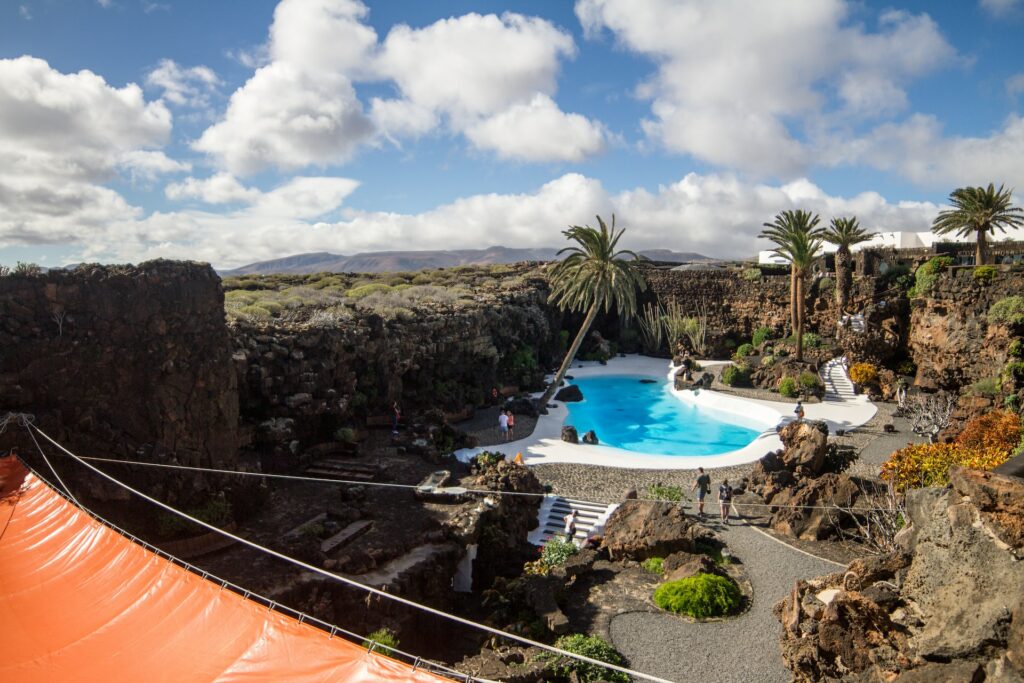
Unlike the habitable northern sector, the southern part of Madrid Rio had a completely different character. Before the reconstruction, this area was built up mainly with factory. And warehouse facilities that were not of particular value. The only exceptions were the old slaughterhouses and the small Arganzuela Park. Which became anchor objects of transformation. In the brick buildings of the former slaughterhouses, which are an excellent example of the Neomudejar style. The Matadero Center for Contemporary Creativity is located. Which has become the largest art venue in Madrid. Arganzuela Park was expanded three times during the reconstruction. And children and young people participated in the development of the project.
The north and south poles of Madrid Rio were connected by the Salon de Pinos promenade. Which stretches along the river for six kilometers. Some sections of the boulevard planted with pine trees are located directly above the tunnel of the autobahn. The route of which runs along the river, and even on one of the former transport bridges. Pine trees were chosen because, with a small depth of roots. They are strong enough and well adapted to the local climate.
The first stage of the project was commissioned in the spring of 2007. And the entire complex of works was completed four years later. Despite the huge price of Madrid Rio, which caused sharp criticism. It is difficult to overestimate the importance of the project for the city and its landscape. Numerous parks and residential areas have appeared in place of busy roads. And dull, gloomy territories have been transformed into landscaped spaces. So Madrid finally found a river that had been shut out of its life for many years. And its inhabitants are a source of pride.










